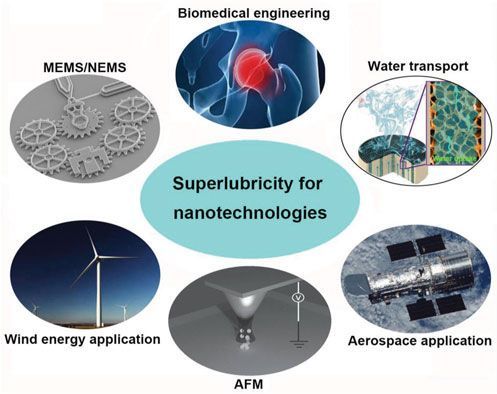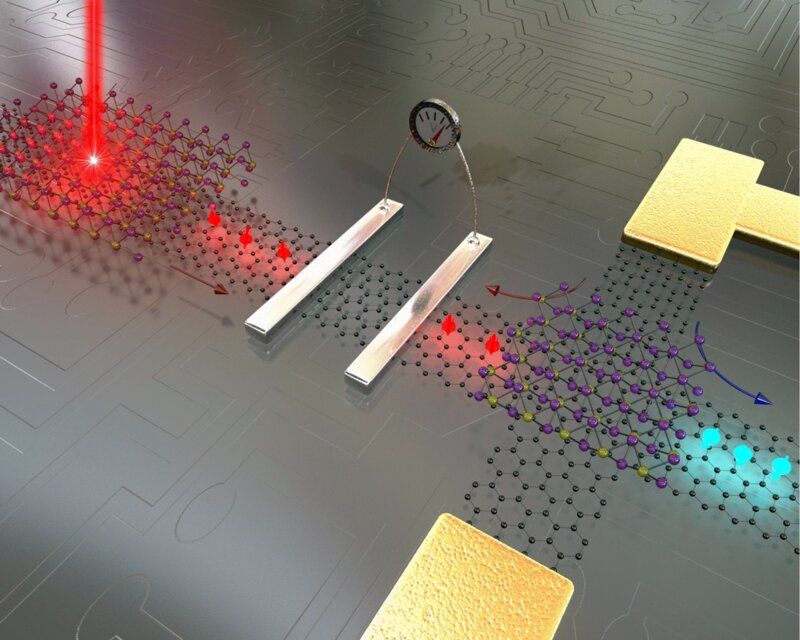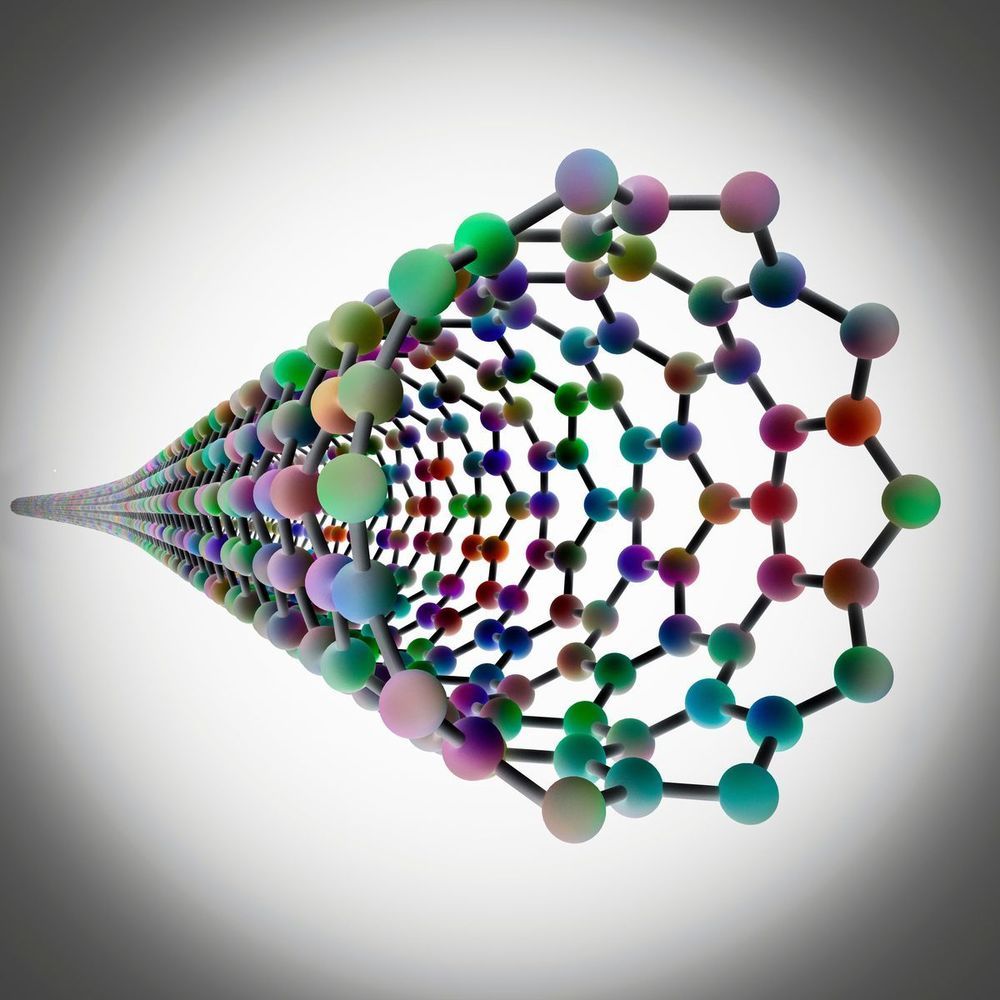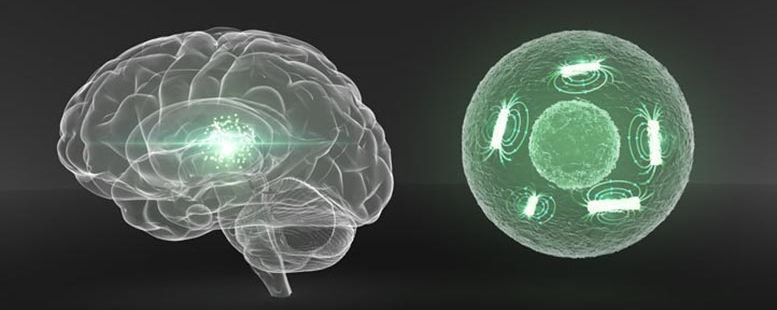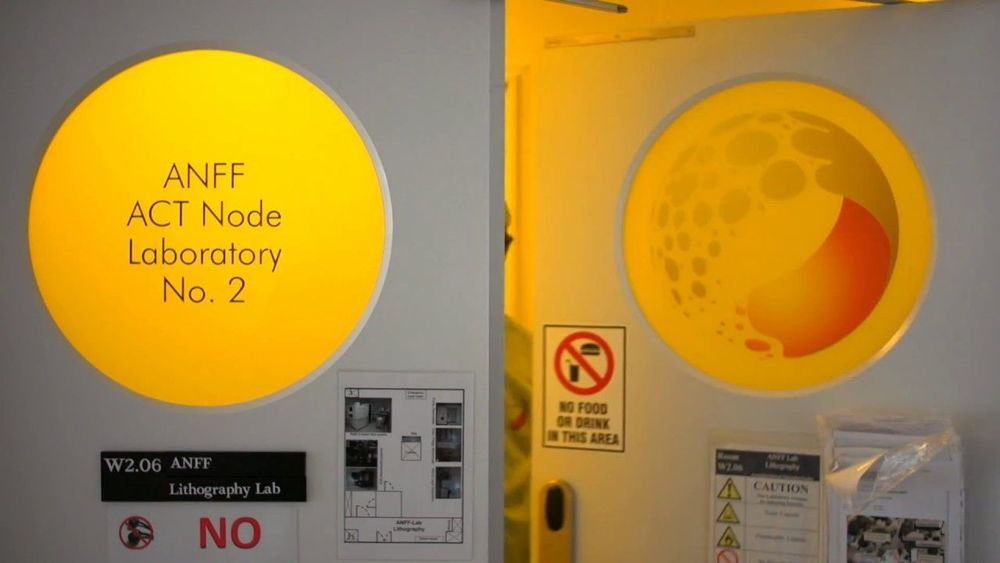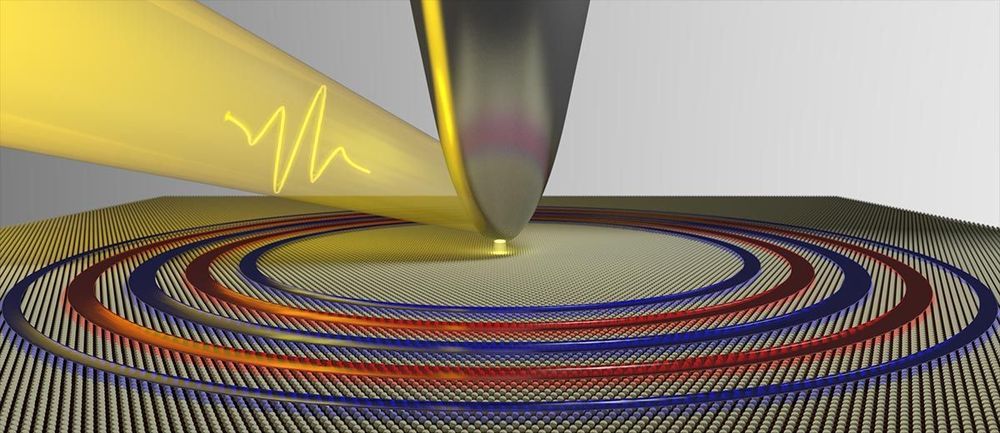Taking inspiration from nature’s nanotech that creates the stunning color of butterfly wings, a University of Central Florida researcher is creating technology to make extremely low-power, ultra-high-definition displays and screens that are easier on the eyes.
The new technology creates digital displays that are lit by surrounding light and are more natural looking than current display technologies that rely on energy-intensive bright lights hidden behind screens. The findings were published Wednesday in the journal Proceedings of the National Academy of Sciences.
“This display is more of a natural look than your current computer or smartphone screens,” said Debashis Chanda, an associate professor in UCF’s NanoScience Technology Center and principal investigator of the research. “It is like seeing a portrait on the wall at your house. It doesn’t have that glare or extra light. It is more like looking at the natural world.”


